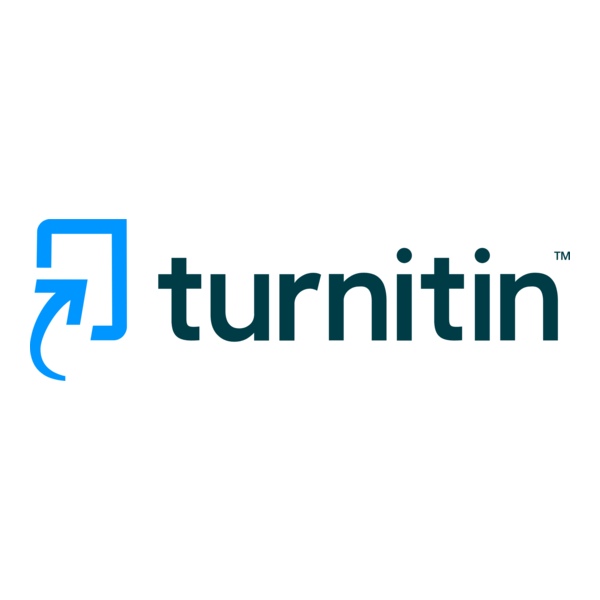- Focus and Scope
- Section Policies
- Peer Review Process
- Open Access Policy
- Archiving
- Publication Ethical Statement
Focus and Scope
The scopes of Journal JCEPD are:
Civil Engineering: Construction Engineering, Construction Management, Transportation, Geotechnics, Hydraulic engineering, Disaster Management
Environmental Engineering: Environmental engineering and environmental management
Architecture: Architectural education, Urban design and planning, Sustainable settlement, Green & Sustainable design and structure, history and theory of architecture, Landscape design, Interior design.
Design: Design history, visual culture, design methodology, design process, design discourse, design and culture, sociology design, design management, art, artifact design, product design, visual communication design, photography, interior design, craft, multimedia, creative industry, design policy, and other historical, critical, cultural, psychological, educational and conceptual research in visual art and design.
Section Policies
Articles
Peer Review Process
Open Access Policy
This journal provides immediate open access to its content on the principle that making research freely available to the public supports a greater global exchange of knowledge.
This journal is open access journal which means that all content is freely available without charge to users or / institution. Users are allowed to read, download, copy, distribute, print, search, or link to full text articles in this journal without asking prior permission from the publisher or author.
Journal JCEPD is licensed under a Creative Commons Attribution-ShareAlike 4.0 International License.
Based on a work at https://ejurnal.itats.ac.id/jcepd/
Archiving
This journal utilizes the LOCKSS system to create a distributed archiving system among participating libraries and permits those libraries to create permanent archives of the journal for purposes of preservation and restoration. More...
Publication Ethical Statement
Journal of Civil Engineering, Planning and Design (JCEPD)
The Journal of Civil Engineering, Planning and Design (JCEPD) is fully committed to upholding the highest standards of publication ethics and takes all possible measures against publication malpractice.
1. Ethical Guidelines for Authors
- Authors must ensure that their submitted manuscript is original, has not been published elsewhere, and is not currently under consideration for publication in another journal.
- Proper acknowledgment of the work of others must always be given. All sources of data and references used in the research must be cited appropriately.
- Any form of plagiarism, data fabrication, falsification, or unethical research practices is strictly prohibited.
- All listed authors must have made significant contributions to the research and manuscript preparation.
- Authors must disclose any financial or other substantive conflicts of interest that may influence the results or interpretation of their manuscript.
2. Ethical Guidelines for Editors
- Editors are responsible for making publication decisions for submitted manuscripts based on their quality, originality, and relevance to the scope of the journal.
- Editors must treat all submitted manuscripts as confidential documents and must not disclose any information about them to anyone other than the corresponding author, reviewers, and the publisher.
- Editors must ensure a fair, unbiased, and transparent peer-review process and must avoid any conflict of interest.
3. Ethical Guidelines for Reviewers
- Reviewers must conduct their reviews objectively, constructively, and without personal criticism of the author.
- Reviewers should maintain confidentiality regarding the manuscript and its content.
- Reviewers should not use unpublished material disclosed in a submitted manuscript for their own research without written permission from the author.
- Reviewers must inform the editor of any potential conflicts of interest or if they feel unqualified to review the manuscript.
4. Ethical Guidelines for Readers
- Readers are expected to use the published articles ethically and responsibly for academic and professional purposes.
- Any use of published content must be properly cited, and sources acknowledged according to academic standards.

.png)

.png)


